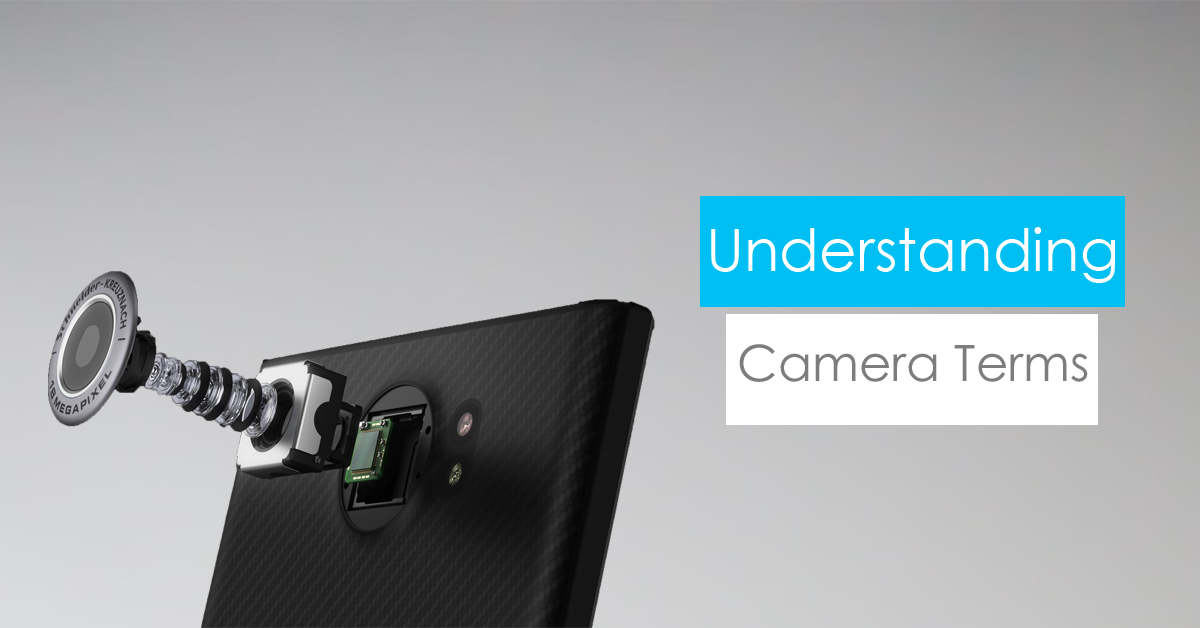
With the passage of time, memories are faded and beautiful moments tarnish from our mind palace. To archive such memories, the cameras were introduced. However, the photos taken by cameras are photographer dependent. Photographer, lacking the knowledge or skills of photography will capture shaky, blur and less vibrant images.
There are many devices available that can take photos; be it a smartphone, digital camera or high-end DSLRs. However, without a general knowledge of photography, these devices are merely a lump of digital burden. Hence, with a sole purpose to help you excel your photography skills, we have collected few photography terms. After the end of this article, you will gain a general knowledge to take good photos and will gain a conscience to buy a new camera device that matches your photography interests.
Megapixels
It determines how big the image will practically be. Megapixel only reckons the maximum size of the image while zooming or printing without getting pixelated. Megapixel determining the quality of photos is just codswallop. Evidently, Samsung Galaxy S7 (12 MP) captures great photos as compared to OnePlus 3 (16 MP).

Sensor size
The size is always written in a fraction with 1 divided by a number, 1/2.3” and 1/2.6” for an instance. Smaller the denominator, greater will be the size of the sensor and vice versa. With a greater sensor, greater will be the size of a pixel and greater pixel size ensures better quality photos.
The aperture
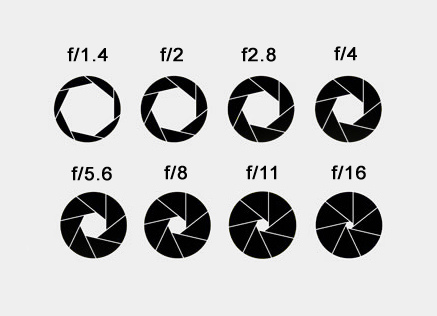
This is the hole within the lens, through which light enters the camera body. Evidently, larger the hole, more amount of light enters through the lens into the sensor. The aperture is measured in terms of ‘f-number’, which is a focal ratio. ‘f-number’ is the ratio of the diameter of lens aperture to the length of the lens. Larger the f-number, smaller is the aperture (smaller hole). It is written as f divided by a certain number, for example, f/1.8. Smaller the denominator, larger will be the hole and vice versa.
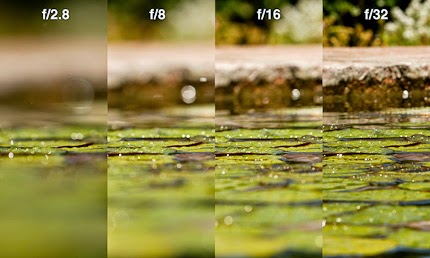
Aperture not only controls the amount of light in the sensor but also controls the ‘depth of the field’. In the case of landscape photography, greater depth of field is required, so larger f-number is required. Larger f-number (smaller aperture) ensures more of the picture in focus. However, for the subjective focus like ‘bokeh effect’, smaller f-number ensures perfection. Smaller f-number provides shallow depth of field keeping less of the picture in focus.
ISO
It is the measure of how much sensitive the camera is to light. The sensitivity of the camera increases with the increase in ISO value. A higher value of ISO is set to capture images in the dark and low values in the daylight.
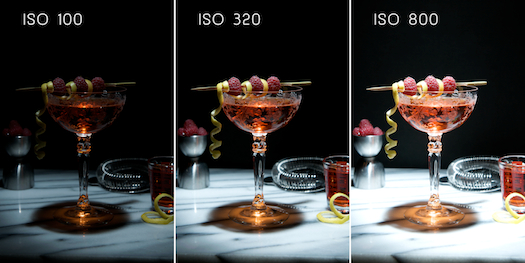
It is good to have a camera device that has the capability to capture images with higher ISOs. However, capturing the images with higher ISO will induce noise/grain in the photos. They are unnoticeable while printing in small sizes. However, on printing in large size or on zooming, the grain will be conspicuous.
Shutter speed
The shutter in the camera is like a curtain, which opens for a while and closes. For the time of shutter being open, the sensor of the camera is exposed to the scene it sees through the lens and the detail is captured and is saved as a photo. The time of shutter being open is called shutter speed and is normally expressed in fraction of a second.
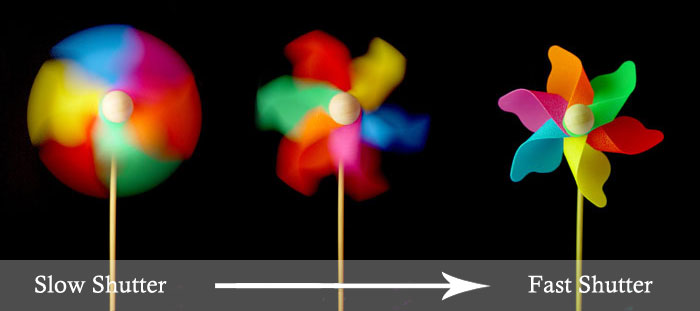
Shutter speed in a camera is used to control the movement of a subject in a photograph. While shooting a photo, if the subjects in focus are in motion then the captured images would be blurry. In the photography, this is referred as ‘camera shake’. So, for capturing motion subjects, you should set a faster shutter speed. For an instance, if you wish to shoot a race of Formula 1, then you should keep a fast shutter speed of around 1/2000. However, for the stationary subjects like mountains or any natural scenario, even a low shutter speed of 1/4 would suffice.
Image stabilization (IS)
It happens most of the time that our handshakes while pressing the capture button. This results in a blurry image, making us disappointed. IS on your phone ignores gentle shakes while taking the photos and gives a clear image despite shakes. There are two types of image stabilization technique, optical image stabilization (OIS) and electronic image stabilization (EIS).

In this technique, the image stabilization is done by varying the optical path of the sensor. This is real time compensation and hence no alteration or image degradation takes place. With the gentle shake of the device, the OIS mechanism makes the lens rotate in opposite direction. Due to which, the lens assembly always remains parallel to the image plane. And at the end, a clear and sharp image is obtained. In addition, OIS guarantees a better quality image even in the low light. However, EIS works on a completely different principle and in this technique the problem is solved at programming level after the optical signal has been converted to a digital signal. If your phone is equipped with Image Stabilization, you are in benefit.
Focus
After all the photography, all we need is a sharp subject. Focusing is the technique of giving extra attention to the subject, ensuring the sharpness in the designated subject. However, there are different types of focusing techniques installed in camera devices. Some of them are discussed here.
- LASER Autofocus: – The device supporting LASER autofocus inherits a LASER sensor, which is used to adjust the focus of the subject pointed. Near the device camera, there lies a LASER transmitter, which fires out LASER light burst towards the subject selected. After the strike of LASER beam, they are reflected. With the time taken to travel towards the subject and to return, the actual distance of the subject is calculated. That is how the subject is focused.

Laser Autofocus - Phase detection Autofocus (PDAF):- In the PDAF, the sensor detects the phase of the light coming from the subject and tries to keep the light in phase with its movement. At the end, the subject is locked within the focus area.
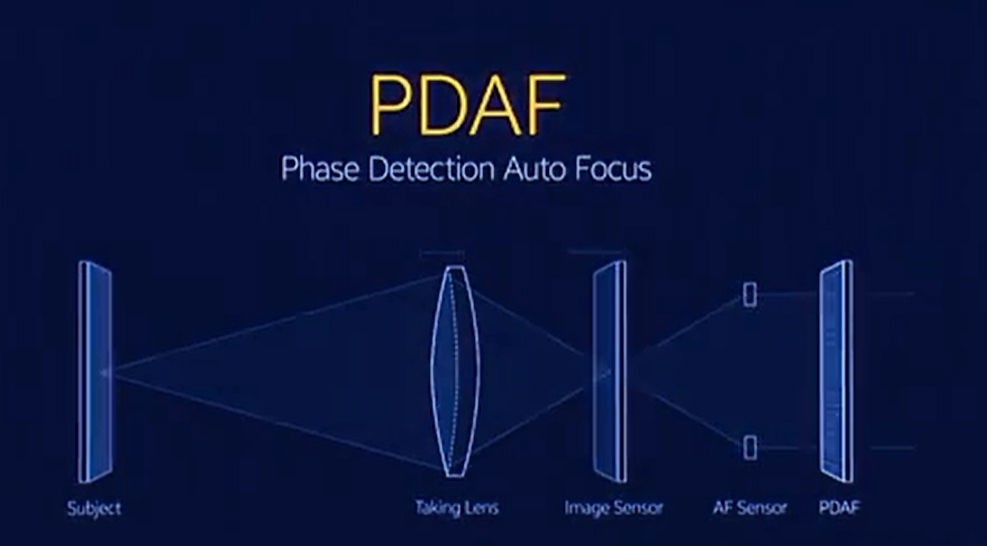
- Dual- Pixel Autofocus (DPAF):- In DPAF method, the principle involved is same as that of PDAF. In the cameras with PDAF, only 5-10% of the sensor pixels are phase detection enabled. However, on the DPAF enabled cameras, all the sensor pixels are phase detection enabled, so a lightning fast focusing can be obtained. Similarly, on the DPAF enabled cameras, two separate light-sensitive photodiodes are provided for each pixel. These photodiodes convert light energy into electrical signals. During AF detection, two such signals are analyzed for focus information, which merges intro one when the images are captured. Hence, a sharp image is obtained.
- Contrast Detection Autofocus (CDAF):- Contrast Detection Autofocus is another method of automatic focusing. The basic principle behind the CDAF is that the system involved analyses the contrast of the image sensor for different focal positions and thereby focuses on the point at which there is maximum contrast. When the point of maximum contrast is found, the optical system is adjusted accordingly. Hence, a sharper image is captured. CDAF offers a greater accuracy over PDAF, however, the speed is quite slow.
- Hybrid Autofocus (HAF):- In the HAF, multiple autofocusing techniques are employed to offer greater accuracy and speed. This autofocusing technique produces more sharp images as the disadvantage on one autofocus technique is fixed with the addition of other. Generally, the combination of CDAF and PDAF are used on HAF.
Flash
With the sole intention to let you capture quality images even in a poor –lighting-condition, the flash was included in the camera. And out there in the market, there are multitudes of devices carrying a different type of flashing technology. Some of them are discussed here.
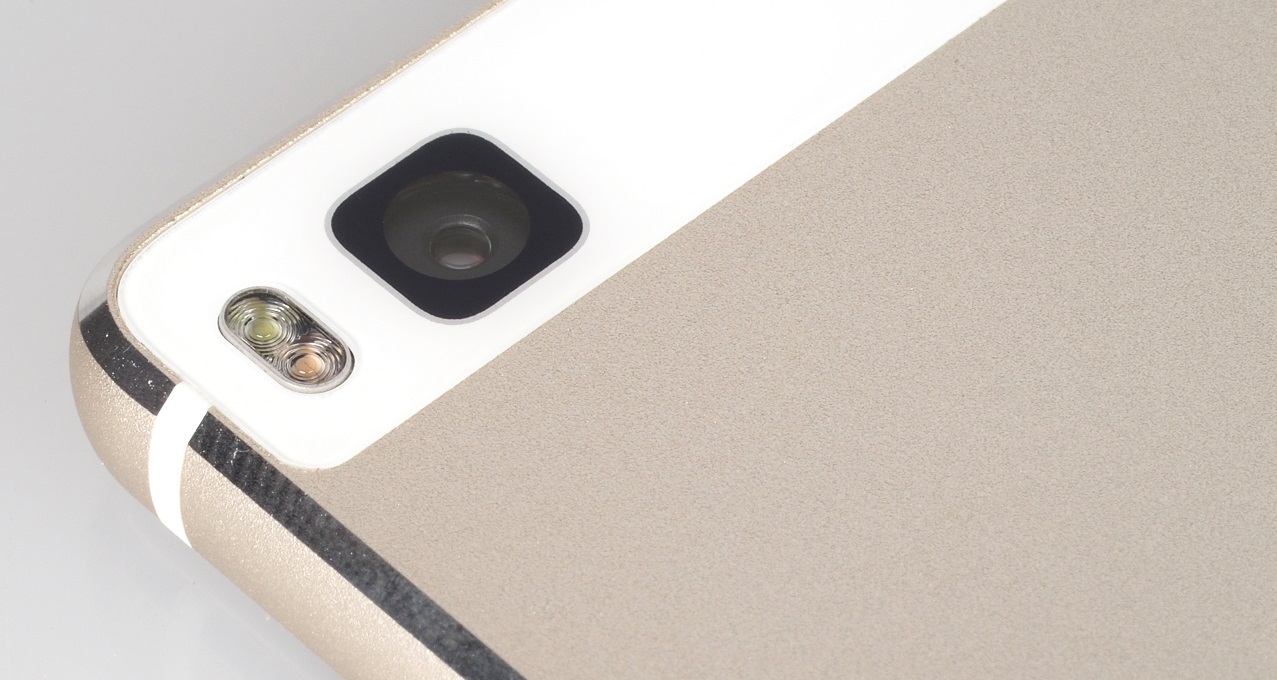
- Single LED flash:- In the devices with single LED flash, the single LED embedded to it flashes, whenever the shots are taken.
- Dual LED flash:- In the devices with dual LED flash, both the LEDs embedded to it flashes, whenever the shots are taken. The shots taken by these devices are brighter than that of devices with single LED flash.
- Dual tone flash:- In the devices supporting dual tone flash, there are two LEDs, both having a different shade/color. One of LED will be a cool type or bluish and another will be a warm type or yellowish. According to the subject, the intensity of both the lights is varied. The lights produced by both the LEDs are mixed ensuring a more natural image.
With the knowledge of above terms and making a proper exposure, you surely can take great photos. So, grab your device out and expose your photography skills.
















![Best Ultrabooks To Buy in Nepal 2024 [Updated] Best Ultrabook Laptops in Nepal 2023 - June Update](https://cdn.gadgetbytenepal.com/wp-content/uploads/2023/04/Best-Ultrabook-Laptops-in-Nepal-2023-June-Update.jpg)
![Best Gaming Laptops in Nepal 2024 [Updated] Best Gaming Laptops in Nepal 2023 - June Update](https://cdn.gadgetbytenepal.com/wp-content/uploads/2023/04/Best-Gaming-Laptops-in-Nepal-2023-June-Update.jpg)


![Best Mobile Phones Under Rs. 15,000 in Nepal [Updated] Best Phones Under 15000 in Nepal 2024 Budget Smartphones Cheap Affordable](https://cdn.gadgetbytenepal.com/wp-content/uploads/2024/03/Best-Phones-Under-15000-in-Nepal-2024.jpg)
![Best Mobile Phones Under Rs. 20,000 in Nepal [Updated] Best Mobile Phones Under NPR 20000 in Nepal 2023 Updated Samsung Xiaomi Redmi POCO Realme Narzo Benco](https://cdn.gadgetbytenepal.com/wp-content/uploads/2024/01/Best-Phones-Under-20000-in-Nepal-2024.jpg)
![Best Mobile Phones Under Rs. 30,000 in Nepal [Updated]](https://cdn.gadgetbytenepal.com/wp-content/uploads/2023/12/Best-Phones-Under-30000-in-Nepal-2024.jpg)
![Best Mobile Phones Under Rs. 40,000 in Nepal [Updated] Best Phones Under 40000 in Nepal 2024 Smartphones Mobile Midrange](https://cdn.gadgetbytenepal.com/wp-content/uploads/2024/02/Best-Phones-Under-40000-in-Nepal-2024.jpg)
![Best Mobile Phones Under Rs. 50,000 in Nepal [Updated] Best Phones Under 50000 in Nepal 2024 Smartphones Midrange](https://cdn.gadgetbytenepal.com/wp-content/uploads/2024/02/Best-Phones-Under-50000-in-Nepal-2024.jpg)
![Best Flagship Smartphones To Buy In Nepal [Updated] Best Smartphones in Nepal 2024 Flagship Premium Samsung Apple iPhone Xiaomi OnePlus Honor](https://cdn.gadgetbytenepal.com/wp-content/uploads/2023/09/Best-Smartphones-in-Nepal-2024.jpg)